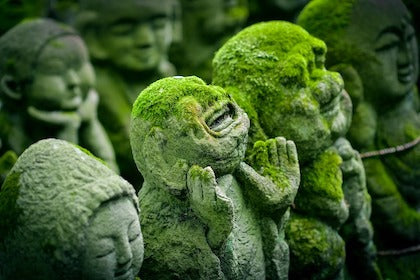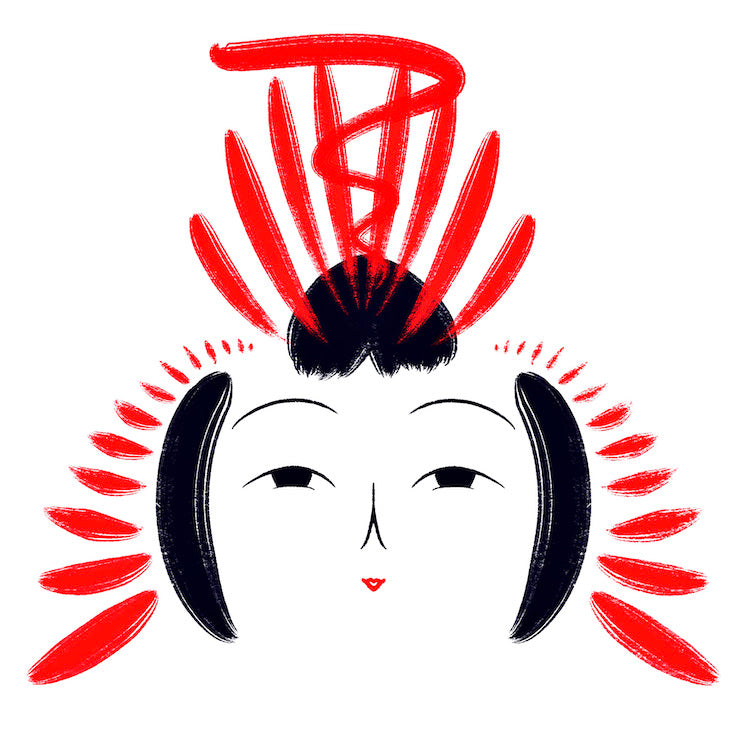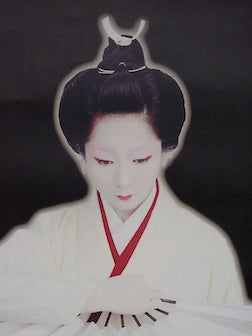Stories are told throughout the world as a way for people and communities to communicate. Words of warning, morals, lessons, and most importantly, entertainment, have been spread through the art of storytelling for generations. Japan has an ancient and highly respected culture for which Rakugo is a traditional form of Japanese verbal entertainment. The lone storyteller sits on a stage, called Koza. They use only a paper fan and a small cloth as props to aid their story. Without standing up from the Seiza (sitting position), the Rakugo artist(s) depicts a long and complicated comical, (or sometimes sentimental), story. The story always involves the dialogue of two or more characters. The difference between the characters is depicted only through change in pitch, tone, and a slight turn of the head. Rakugo is performed in monologues by a single storyteller, called a Hanashika. The storytellers are similar to teachers. They tell tales of daily life and reinforce historical and moral lessons. They generally avoid making direct reference to particular event or figures.
During the Edo period (1603-1867), thanks to the emergence of the merchant class of the Chonin, the Rakugo spread to the lower classes. Before the advent of modern Rakugo there were the Kobanashi, short comical vignettes ending with an Ochi, and popular between the 17th and 19th century. These were enacted in small public venues, or in the streets, and printed and sold as pamphlets. The origin of Kobanashi is to be found in Yesterday Stories Told Today, c.1620. This is the work of an unknown author collecting approximately 230 stories describing everyday citizens and their beliefs.

The earthenware images shown below figure a male figure representing the Zen Master Hakuin, (1685-1768), who was a Buddhist Monk/Abbot/ Artist/Poet, and known for his artistry, which he felt brought him enlightenment. He is shown paired with his companion, Otafuku, (also known as Okame), offering her the peach of Immortality. It is said that he regularly shared his teachings, thoughts, songs, and stories, while Otafuku sat smiling, and in this depiction with a dog on her lap, sharing her interpretations of Hakuin’s readings.
Hakuin likened Otafuku to an incarnation of Kannon, the Bodhisattva of compassion. Otafuku remains one of Japan’s least analyzed, yet beguiling figures. She is every woman, a source of generosity, and a fertility symbol. Her essence is goodwill, affirmation, and delight, and she is thought to bestow pleasure, success, well-being, and to grant wishes. As an artist/poet, Hakuin, the teacher, was profoundly influential to all those around him. More than one thousand of Hakuin's works survive, and has been an inspiration for many later Zen artists, including Sengai, and the Zen poet Ryokan.
________________________________
Here is an example of his writing commenting about his companion Otafuku: As for Otafuku, although her nose is flat and her eyelids are puffy, she is a kind woman. No matter what we call her, Otafuku has been taking good care of men and appears to guide them. Otafuku will preach the Buddhist truths.




